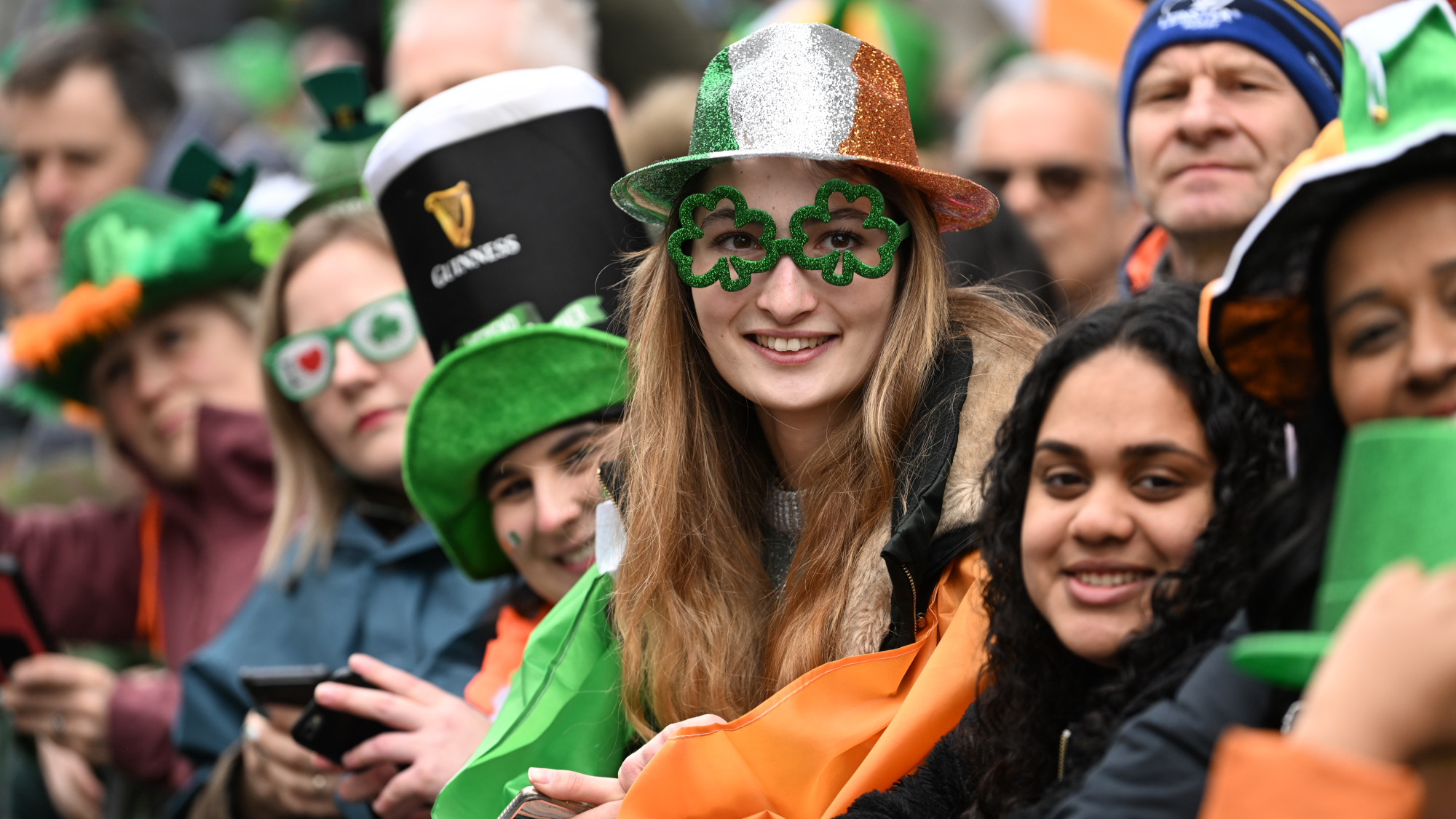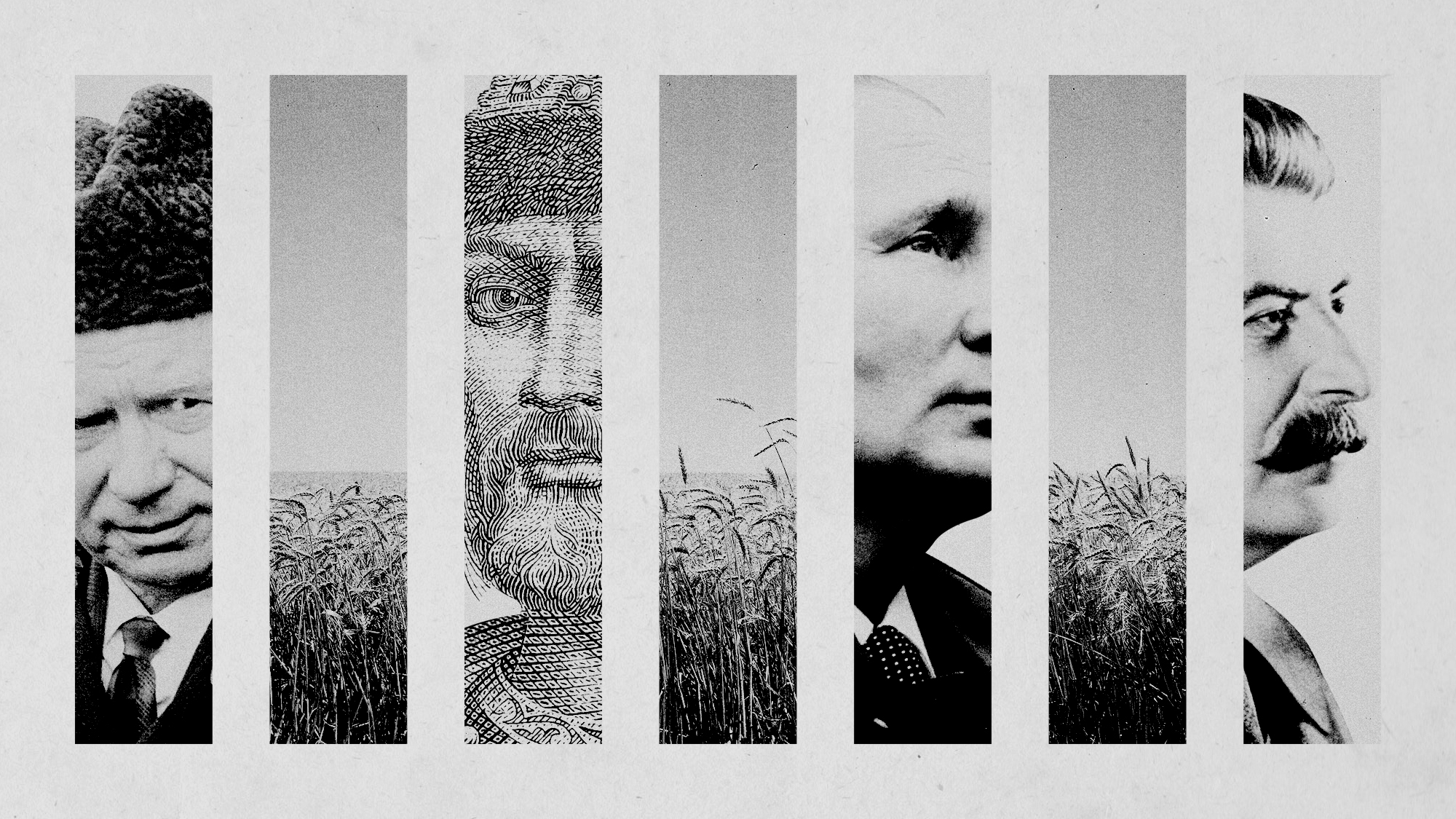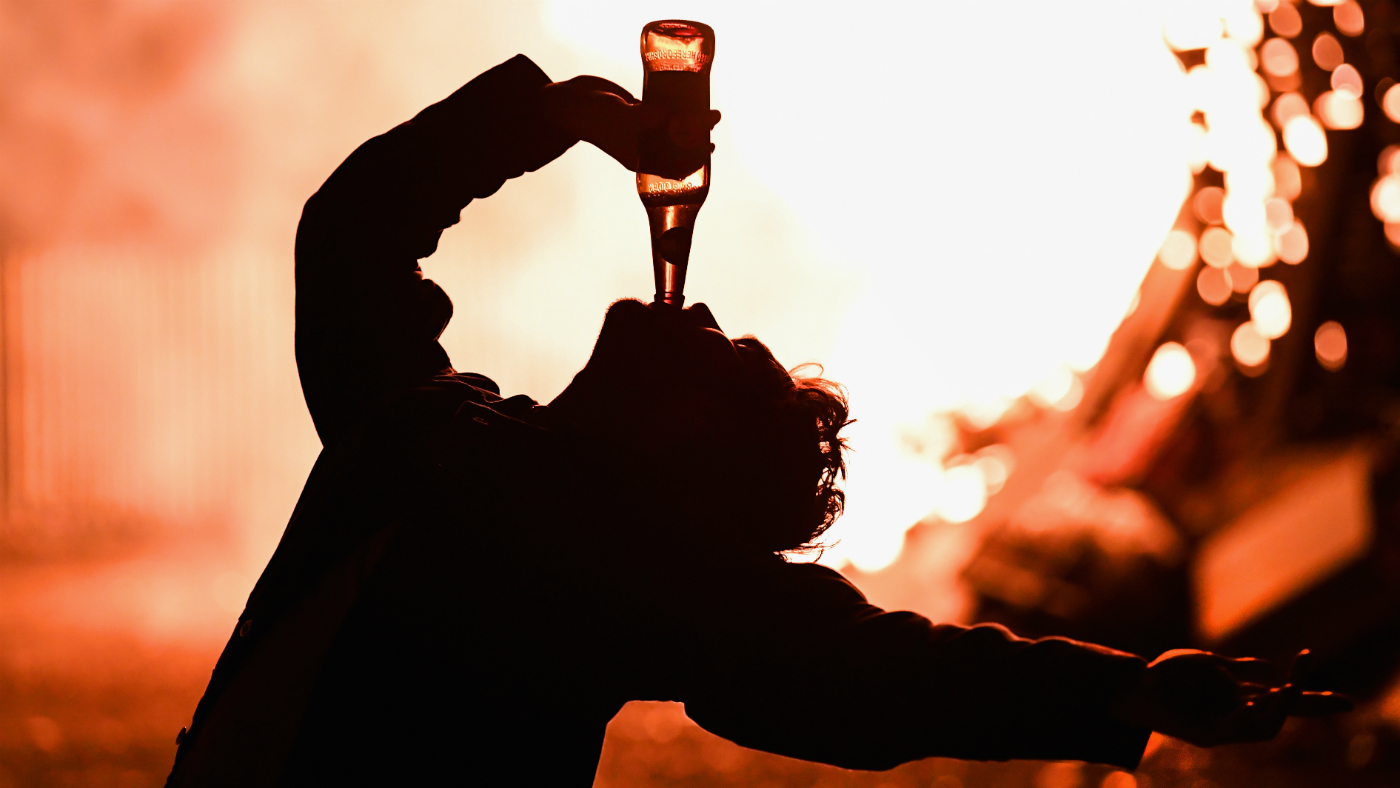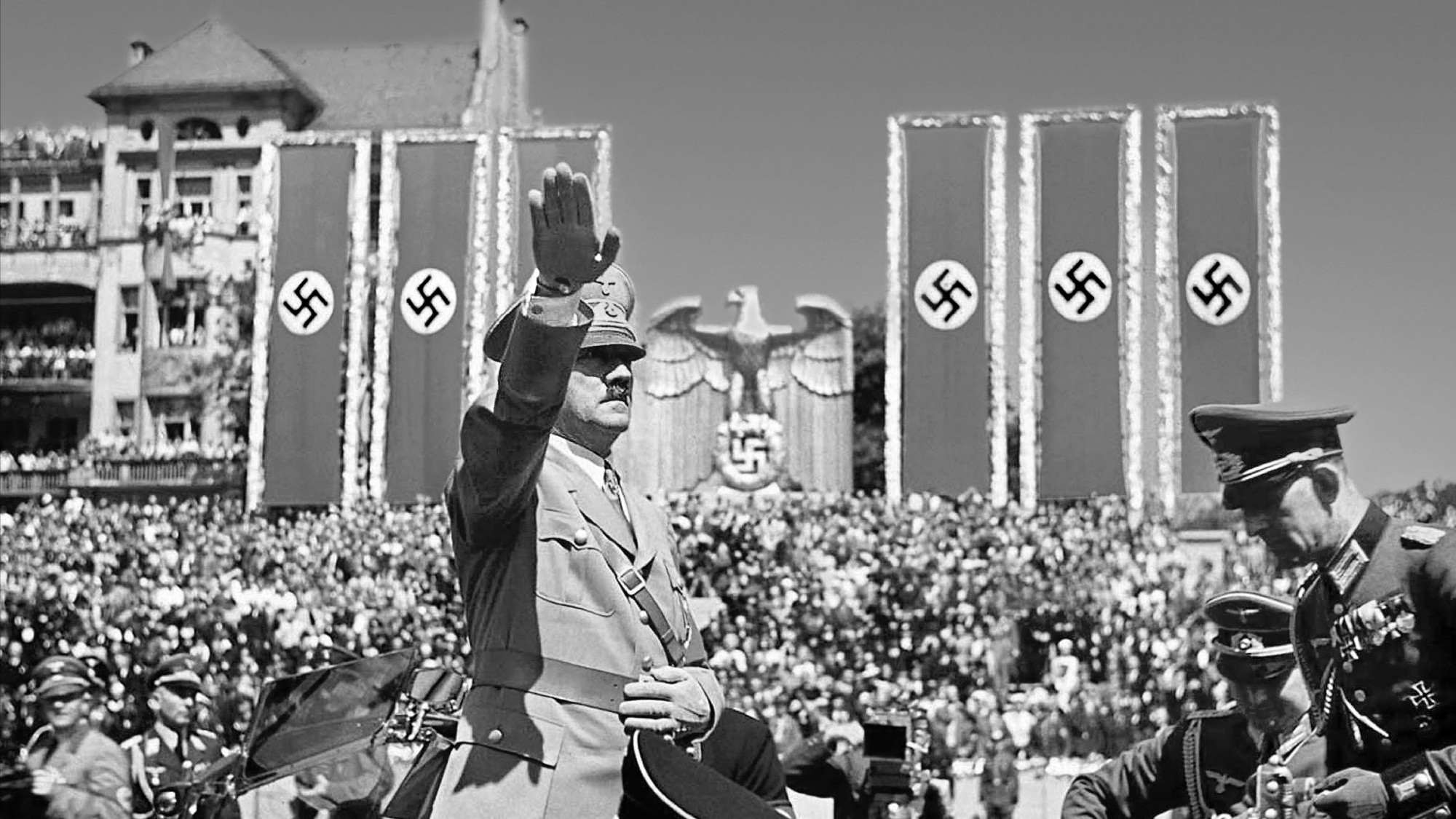How St Patrick's Day is celebrated
Make the most of 17 March, the annual Irish saint's day festival

St Patrick, Ireland's patron saint, is celebrated every year on 17 March, the date of his death in the fifth century. Millions of people around the world will wear green and many more will enjoy an Irish stout or whiskey. It's been a public holiday in both Northern Ireland and the Republic of Ireland since 1903, and is held this year on Monday 18 March, as the 17th falls on a Sunday.
We take a look at some of the ways St Patrick is celebrated, and some of the traditions linked to the day.
A pint of the black stuff
The Irish stout Guinness has become synonymous with St Patrick's Day. An "estimated 14 million pints" of "the black stuff", originally created in Dublin in 1759 by Arthur Guinness, were drunk in the UK on 17 March 2022, said The Independent.
The Week
Escape your echo chamber. Get the facts behind the news, plus analysis from multiple perspectives.

Sign up for The Week's Free Newsletters
From our morning news briefing to a weekly Good News Newsletter, get the best of The Week delivered directly to your inbox.
From our morning news briefing to a weekly Good News Newsletter, get the best of The Week delivered directly to your inbox.
This year you can bag a bargain pint at Wetherspoons, which will be offering pints of Guinness (and other beers) for £2.99, "meaning you could save up to 46p", said The Sun.
Alternatively, with the no/low-alcohol drinks trend growing, you can also toast the saint with alcohol-free Guinness, launched in 2021. Diageo, which owns Guinness, has invested €25 million in a new Dublin production plant "to increase production of Guinness 0.0 by 300%", said industry publication The Morning Advertiser.
To experience an authentic St Patrick's Day as it was celebrated hundreds of years ago, you may need to put down that pint of Guinness. Irish law between 1903 and 1970 designated St Patrick's Day a religious holiday, which meant pubs closed for the day, Catholic Online reported. "The law was overturned in 1970, when St Patrick's was reclassified as a national holiday – allowing the taps to flow freely once again. "
Wearing – and 'drowning' – the shamrock
The shamrock is a type of clover with a cluster of three leaves – although which species is open to debate. Ireland's long-standing affiliation with the shamrock is said to have originated from the teachings of St Patrick, who used its three leaves as a metaphor for the Holy Trinity: the Father, Son and Holy Spirit. Irish people will often wear a bunch of shamrocks on St Patrick's Day, and in the UK representatives of the royal family present "symbolic shamrocks to the Irish Guards as part of a royal custom that dates back to 1901", said Town & Country magazine.
A free daily email with the biggest news stories of the day – and the best features from TheWeek.com
"Drowning the shamrock" is a custom at the end of St Patrick's Day. The shamrock is dunked into a last glass of whiskey, then tossed over the left shoulder for luck.
'Eirinn go Brach'
Take part in any parade and you're bound to hear this much-loved Gaelic expression. Roughly translated, it means "Ireland forever". And if you're raising a glass, you can say "Sláinte!" (pronounced "slawn-che"), which is Gaelic for "health".
St Patrick's Day parades
Holding parades on St Patrick's Day is a tradition that began outside Ireland as Irish people far from home "gathered to celebrate their culture", said Tourism Ireland. North America was the first country to hold parades, and Boston is usually credited as being "the city that kicked it all off" in 1737.
There are now parades worldwide, including Dublin, Belfast, Bristol, Manchester, London, Boston, New York and Chicago, where, famously, the river is dyed green.
This year, a "record" 162 million people in the US are "planning to celebrate" in some way, said the National Retail Federation.
The other Emerald Isle
St Patrick's Day may be celebrated around the world, but there's only one country outside Ireland where it's been declared a public holiday. The Caribbean island of Montserrat is known as the "Emerald Isle" in memory of the Irish Catholic community that took refuge there in the 17th century. Its St Patrick's Day Festival is "one of Montserrat's most popular annual events", said Irish Central.
Wearing green
The colour green has become associated with Ireland, and wearing green is supposed to make you invisible to leprechauns, "which like to pinch anyone they can see", said National Geographic Kids. However, said History, "the earliest depictions of St Patrick show him clothed in blue garments".
The name Patrick is losing appeal
There are fewer newborn namesakes of the saint in Ireland today. The name Patrick was the second most popular name for newborn boys in 1965, but only just scraped into the top 20 in 2023, according to Ireland's Central Statistics Office. However, Paddy, the short form of Patrick, is a new entrant in the top 100.
-
 ‘Let 2026 be a year of reckoning’
‘Let 2026 be a year of reckoning’Instant Opinion Opinion, comment and editorials of the day
-
 Why is Iran facing its biggest protests in years?
Why is Iran facing its biggest protests in years?TODAY’S BIG QUESTION Iranians are taking to the streets as a growing movement of civic unrest threatens a fragile stability
-
 How prediction markets have spread to politics
How prediction markets have spread to politicsThe explainer Everything’s a gamble
-
 A brief history of the centuries-old relationship between Ukraine and Russia
A brief history of the centuries-old relationship between Ukraine and RussiaIn Depth The countries are bound together by history and geography, but Putin sees danger in that symbiosis
-
 Why a bonfire is sparking riots in Belfast
Why a bonfire is sparking riots in BelfastIn Depth Police officers injured in clashes over anti-internment anniversary blaze
-
 How did the Second World War start?
How did the Second World War start?In Depth Conflict 'not inevitable' as anniversary offers timely reminder of vital lessons for those in power today
-
 The St Patrick’s Day myths and legends busted
The St Patrick’s Day myths and legends bustedIn Depth Drinking and parades may now be holiday staples, but neither tradition hails from old Ireland